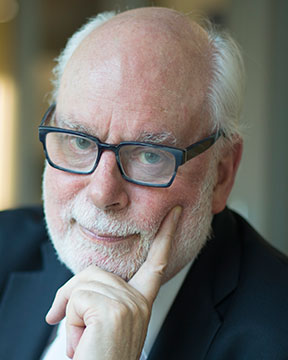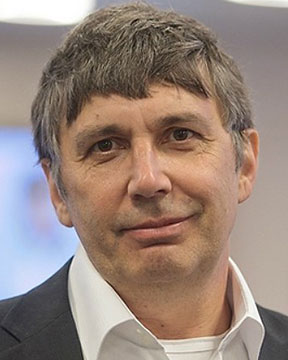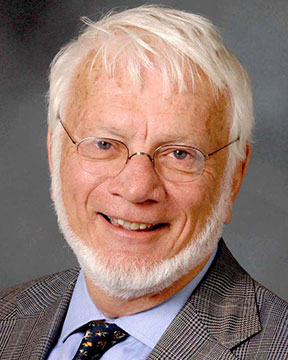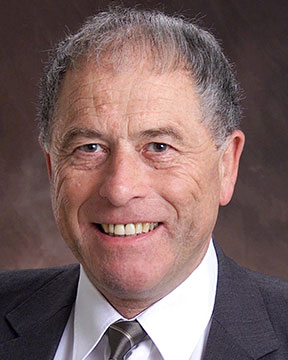



















 |
Gerda RoglChristian Doppler Laboratory for ThermoelectricitySevere Plastic Deformation Via High Pressure Torsion In Thermoelectrics Zehetbauer International Symposium on Science of Intelligent and Sustainable Advanced Materials (4th Intl. Symp. on Science of Intelligent and Sustainable Advanced Materials (SISAM)) Back to Plenary Lectures » |
Abstract:Thermoelectric materials are able to directly convert thermal energy into electrical energy, and vice versa. The potential of a material for thermoelectric applications is determined by the dimensionless figure of merit, ZT, which is directly proportional to the Seebeck coefficient squared and the temperature, and inversely proportional to the electrical resistivity and thermal conductivity, the latter consisting of an electronic and phonon part. As the Seebeck coefficient, the resistivity and electronic part of the thermal conductivity, are interdependent, one way to enhance ZT is to reduce the phonon part by enhancing the scattering of the heat carrying phonons. High pressure torsion (HPT) is known as an outstanding technique in the methods of severe plastic deformation (SPD) to produce bulk ultra fine grained and nano crystalline materials, by introducing many grain boundaries as well as defects like dislocations and point defects [1,2,3]. In the first step, HPT-mediated nano crystallization was used to reduce the thermal conductivity of ball milled (BM) and hot pressed (HP) skutterudites. The samples, which were HPT processed after BM and HP, show enhanced ZT values up to a factor of 2 in comparison to BM and HP samples. In the second step, HPT at elevated temperatures and in argon atmosphere was used to directly consolidate skutterudite powders into a solid. This way, time and energy consuming BM and HP can be avoided [4,5]. In this paper, we compare the grain sizes as well as dislocation densities and structural, physical, and mechanical properties of BM + HP samples with BM + HP + HPT samples, along with HPT produced samples (synchrotron diffraction data, collected from 300 - 800 K, SEM and TEM investigations reveal the modifications). |
|